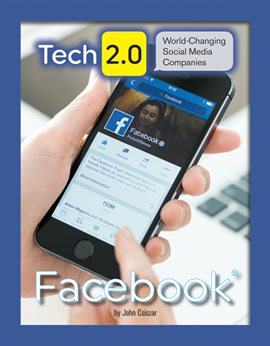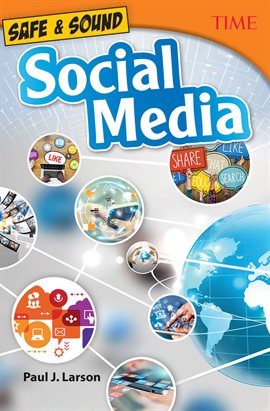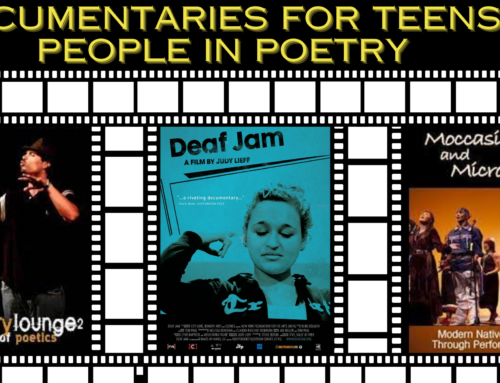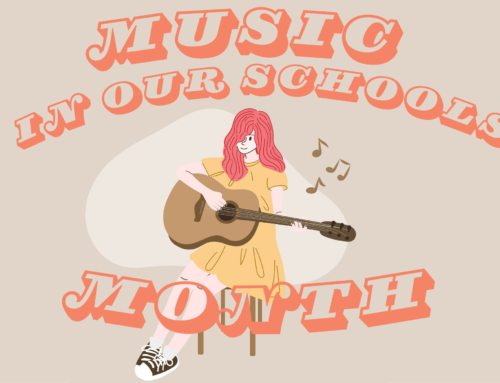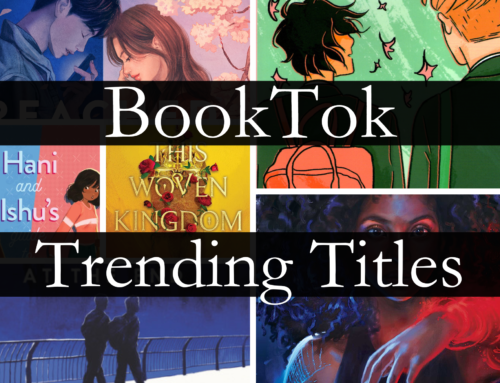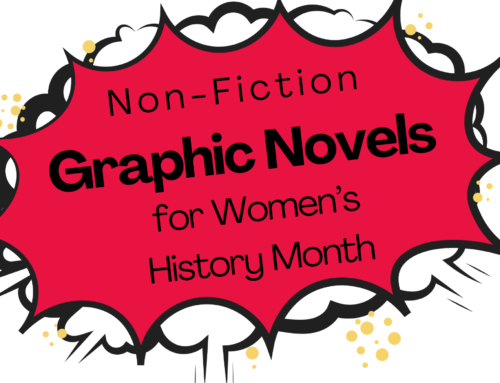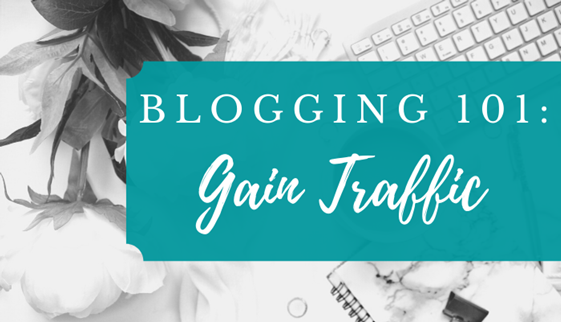
Once you have your blog up and running, you will, of course, want people to read it. There are several steps you can take to make others aware of your content. In this section, we will cover commenting on other blogs, marketing your content on social media, improving your SEO, and writing evergreen content.
Commenting
One of the best ways to find new bloggers (and potential followers) is to visit other blogs and comment. Some bloggers will comment back out every time of courtesy, while others, especially those with many followers, may only notice you if you consistently interact with their content. Commenting around is a great way to gain followers because you are seeking out people who share an interest in what your blog is about.
However, commenting around solely to gain followers is typically frowned upon. You should comment on other blogs because you are genuinely interested in their content and you want to make a personal connection. Try to say something substantive in your comments and show that you read, understood, and appreciated the other blogger’s post. Writing simply, “I enjoyed this!” or “Great post!” is not as meaningful as a longer, more thoughtful comment.
Practice your basic internet safety rules while interacting online. Keep your personal information such as your full name, age, school, and location private. Try simply chatting about the subject of the blog–fashion, food, video games, movies, etc.
Also remember that you control the comments on your own blog. You can usually choose to turn them off completely or make it so comments need to be approved by your before they are posted. As a last resort, you can also prevent a specific person from commenting on your blog at all, if you find they are not engaging in polite and friendly behavior. Consider adding a commenting policy to your blog explaining that you welcome civil discourse, but will not engage with personal attacks.
Marketing on Social Media
To drive more traffic to your blog, you can create associated social media channels on platforms such as Facebook, Instagram, and Twitter. Some bloggers also have YouTube channels or share links to their blog content on Pinterest. The accounts you create should be specific to your blog–not your personal accounts–and they should have your branded graphics on them. When using these other platforms, however, you should post more than links to your own content–no one wants to follow someone who does nothing but advertise. Your followers will also want to see you sharing relevant content from other users, creating original content appropriate for the platform, and interacting with others. If you are really serious about using social media for your blog, you can research how many times a day you should be posting on each platform and what times of the day are best for your content to be seen.
Maximizing SEO
SEO stands for “search engine optimization.” This is the way that other people find your blog by using search engines like Google. You want to format your posts so that search engines will prioritize your content and put it higher up in the results they show people.
There is no exact science to SEO. However, general guidelines are that you want to think about what type of keywords people could use to find your content, and then you want to use those keywords in your post. For example, if you are writing a blog about comics and you are reviewing the latest Ms. Marvel, you would want to include the title of the comic as well as the authors and illustrators somewhere in your post. If you are sharing a strawberry kiwi smoothie recipe, your keywords might be “strawberry kiwi smoothie recipe” or “smoothie recipe.”
Once you have your keywords, you want to work them into strategic places. They should certainly be in the title of your post, which will be an H1 tag. The rest of your post, if divided into subsections, should be using H2 and H3 tags for headings– possibly H4 tags if necessary. You can put your keywords into one of these headings. Also work them into the body of the post.
Bear in mind, however, that overusing keywords can sometimes hurt your SEO. Use them where appropriate, but do not overload your post with keywords where they do not naturally belong.
Another way to increase your SEO is to internally link to your own content. If you are sharing your thoughts about a new music video by your favorite artist, you could, for example, link to your old posts about music or videos by that same artist. Try to keep people reading on your blog by directing them to relevant content that they may find interesting.
Writing Evergreen Content
To increase your chances of appearing in search engine results, you can also think about what type of content you are writing. Your blog should contain a number of posts that qualify as evergreen content–content that is always relevant and never goes out of date. Examples of evergreen content are recipes, recommendation lists, and how-to guides. Again, you can think of what people might type into a search engine box. Are they looking for “YA books inspired by fairy tales” or “TV shows if you like Doctor Who?” Maybe they want a guide on “how to make your own phone case” or “recipes for the perfect pancake.” Intersperse your regular content with a number of evergreen posts so people will continually be directed to your blog from search engines.
Conclusion
Your traffic stats do not determine the success of your blog. If you enjoy blogging, you should keep at it, even if your stats seem low. However, there are ways that you can try to increase traffic, if you are hoping to connect with more readers. Commenting around on other blogs, sharing your links on social media, formatting your blog posts to maximize your SEO, and writing evergreen content like recommendation lists can all help you increase your traffic.
Further Reading
The library has many sources to help you get started on your blogging journey. For digital resources, visit the Charles County Public Library website and search under “Read, Watch, & Listen” to find our digital media service Hoopla. Hoopla allows library patrons to check out e-books, audiobooks, and films with no wait list. Here are few titles on Hoopla that you may find useful:
YouTube and Videos of Everything! by Michael Centore
Facebook by John Csiszar
Twitter by Craig Ellenport
Safe & Sound: Social Media by Paul J. Larson
20 Great Career-Building Activities Using Pinterest by Kristi Lew
Careers in Internet Advertising and Marketing by Jeanne Nagle


